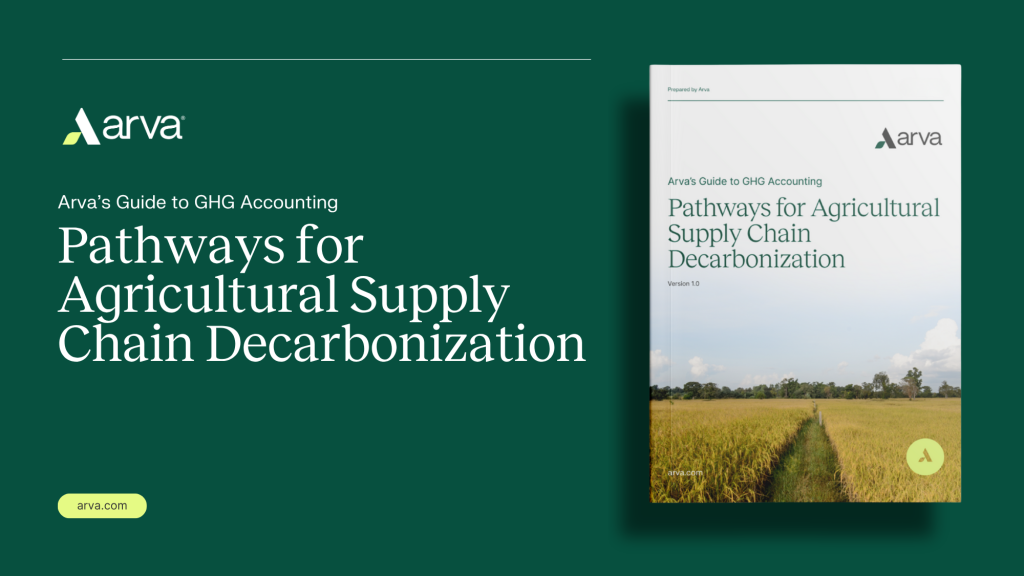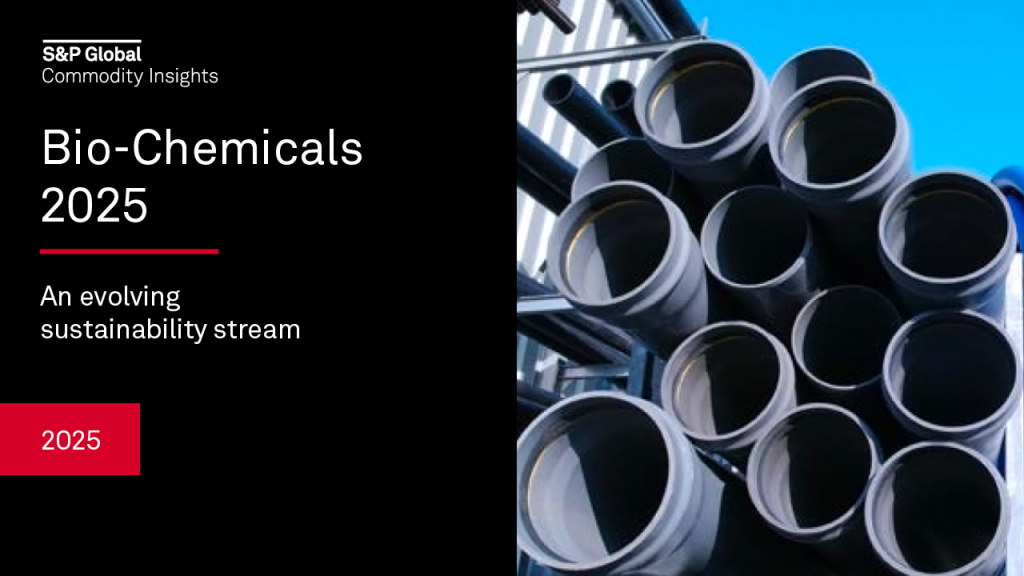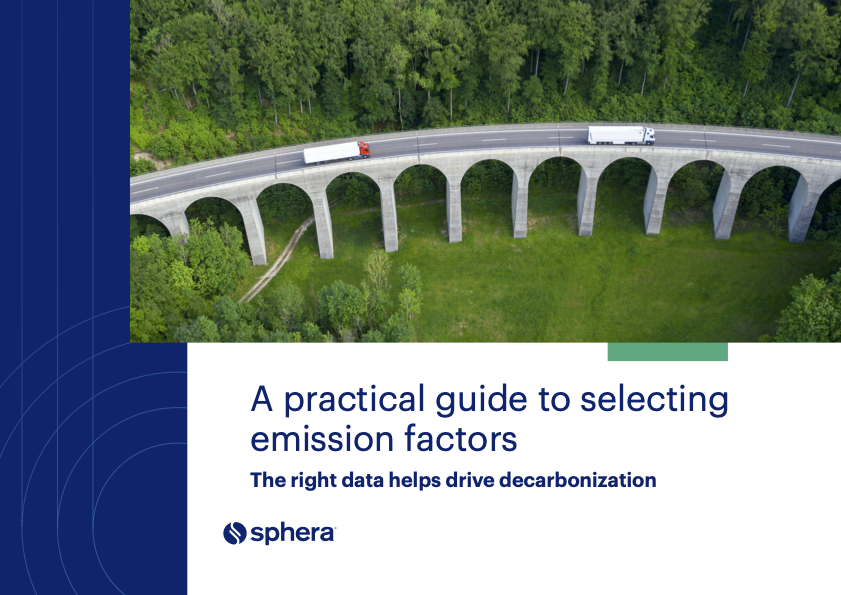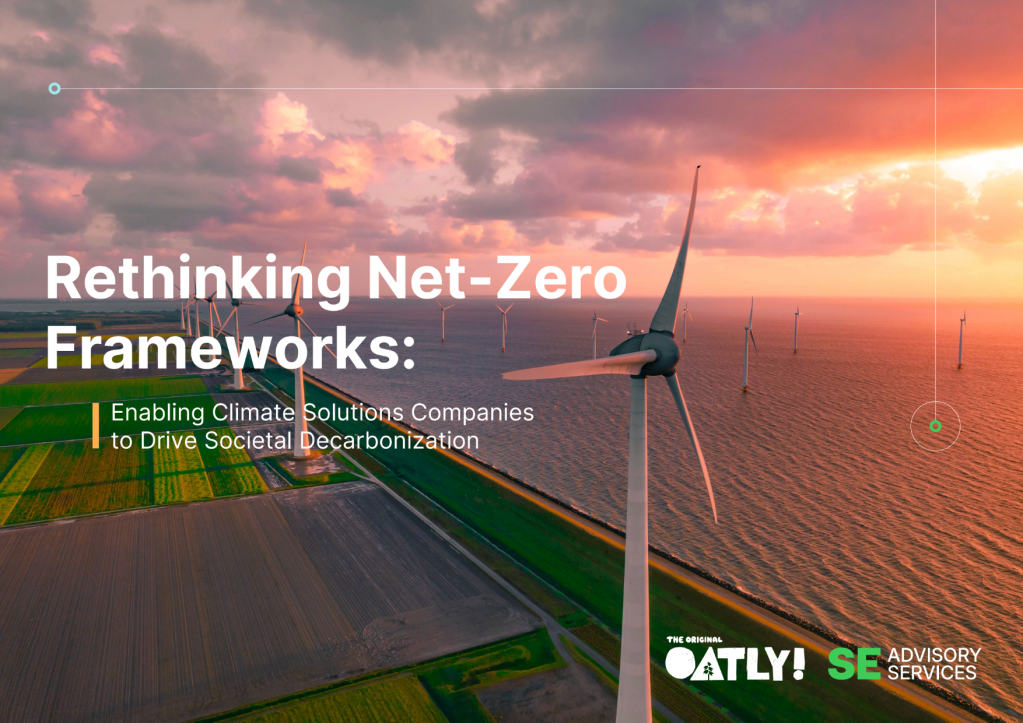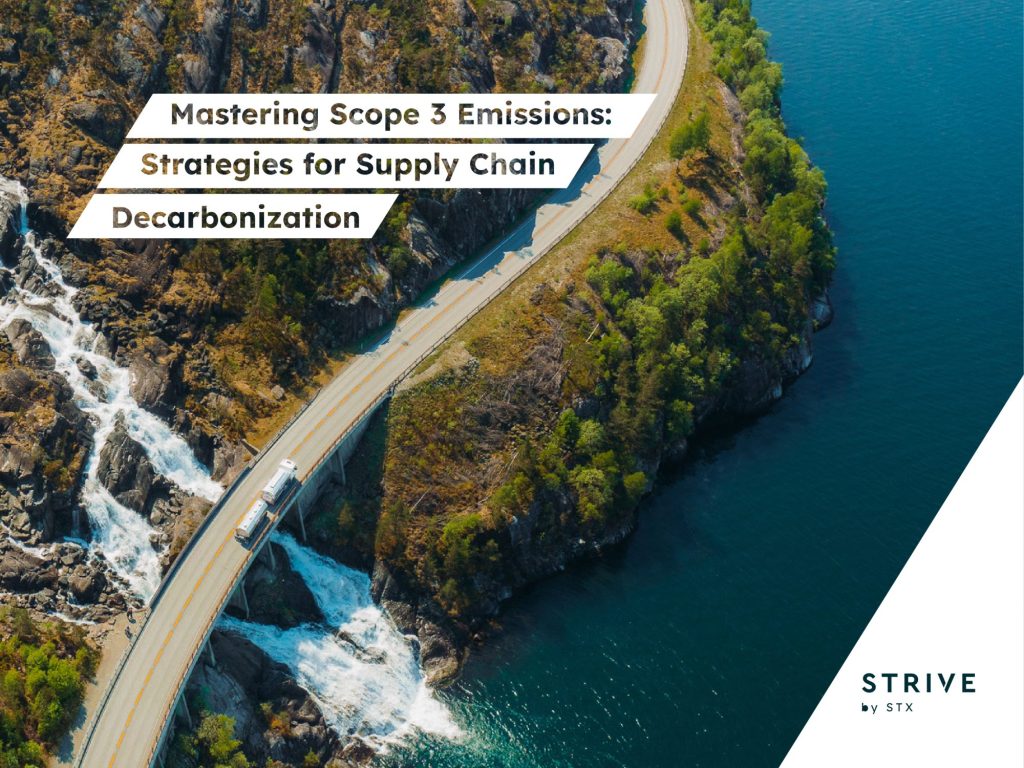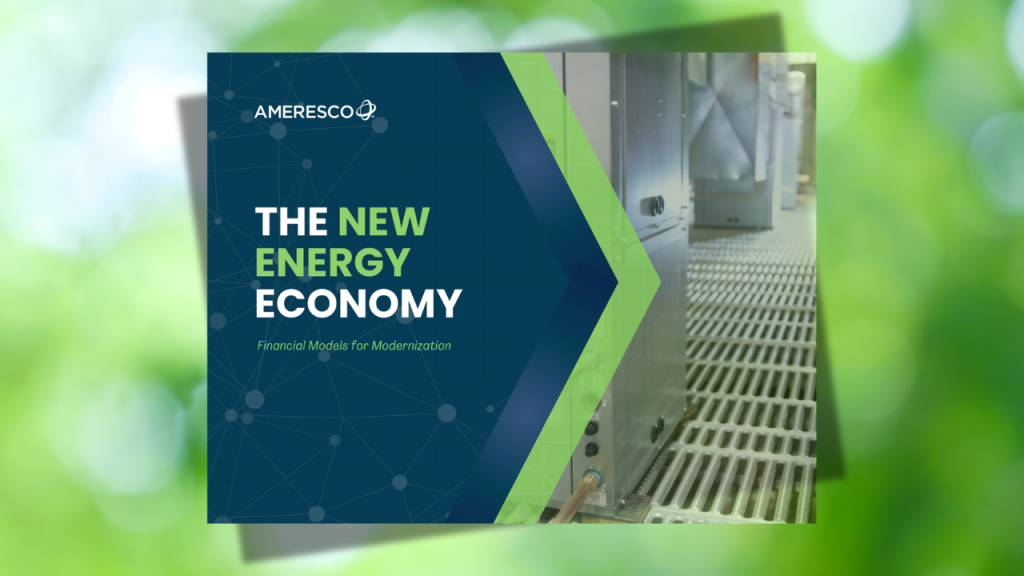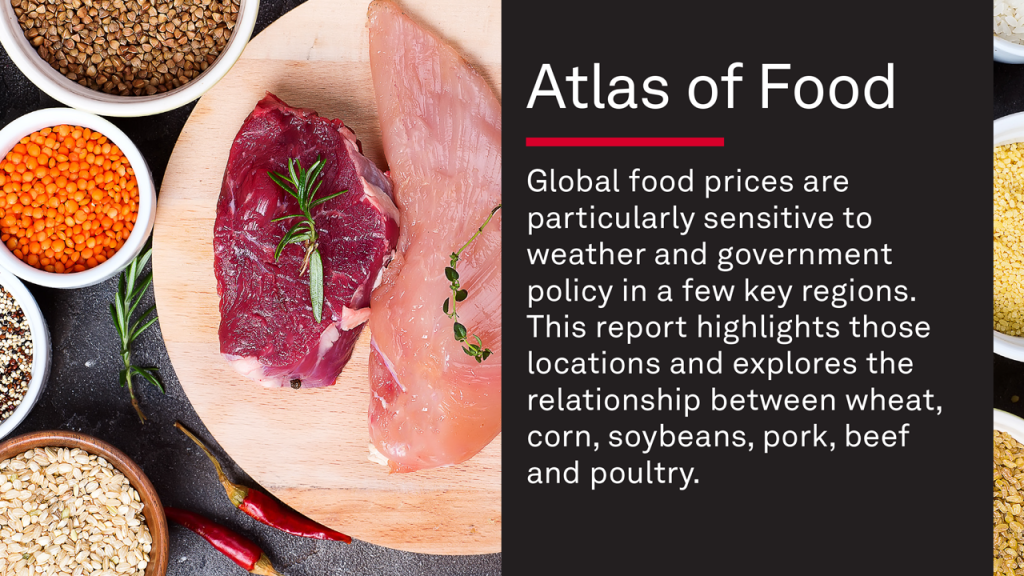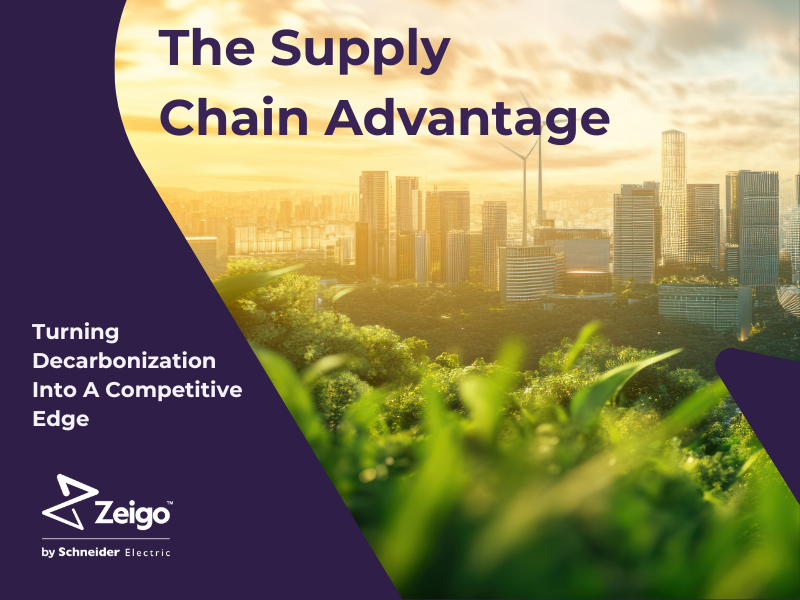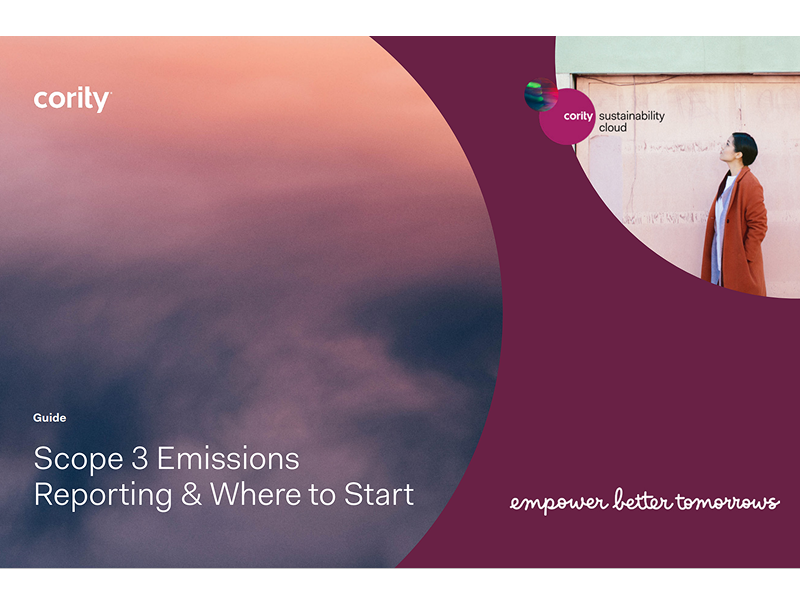A net-zero framework for companies scaling low-carbon products
Startups have long complained of being excluded from net zero frameworks. Now young companies have their own option. Read More
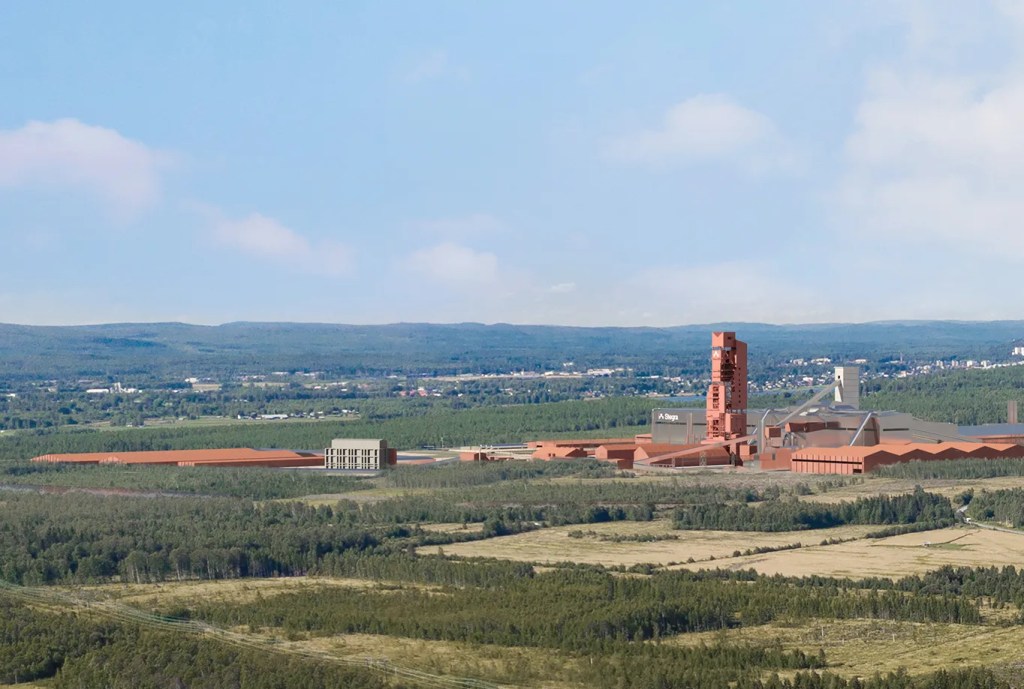
-
- Plant-based milk producer Oatly and green-steel manufacturer Stegra have been recognized under the Climate Solutions Framework (CSF).
-
- Unlike other frameworks, the CSF focuses on products rather than companies.
-
- The framework offers a new tool for big companies that want to encourage suppliers to take action on climate.
A net zero framework focused on scaling low-carbon products rather than reducing corporate emissions fills a critical gap in the options available to young companies, said leaders at plant-based milk producer Oatly and green-steel manufacturer Stegra, the first two businesses to be recognized under the new rules.
The Climate Solutions Framework (CSF) is designed to solve a problem that has long dogged startups trying to scale low-carbon products. Most climate action guidelines, including the Science Based Target initiative’s net zero standard, require absolute emissions reductions. But startups need to dramatically grow sales to survive, which almost always causes company emissions to increase.
That means young companies that have developed low-carbon products are often excluded from recognition under existing frameworks — even if their products could displace higher-emission incumbents, leading to lower overall global emissions.
“We talk all the time about recognizing companies for their making progress in their emissions reductions, but we never talk about recognizing companies for their growth of the things we need,” said Claire Wigg, head of climate performance practice at the Exponential Roadmap Initiative, the Stockholm-based non-profit behind the new framework.
Products, not businesses
The CSF avoids this problem by putting the focus on products rather than organizations. To qualify as a climate solution, a product must have a carbon footprint that’s at least 50 percent below the market average. Individual products can qualify or, as in Oatly’s case, the whole company can earn the label if at least 90 percent of its revenue comes from products recognized as climate solutions.
An absolute reduction target would have limited growth, said Caroline Reid, Oatly’s senior sustainability director. “And our whole point is we grow to replace cow’s milk to have that impact in the food system.”
Per-product emissions from the milk sector are likely to fall as dairy companies experiment with decarbonization solutions, which means Oatly will have to continue to reduce emissions from each of its products to remain 50 percent below the industry average and retain its Climate Solutions qualification.
For Stegra, that threshold will be easy to meet when its facility in Boden, Sweden, which uses green hydrogen to produce steel, enters operations next year: life-cycle assessments show that each ton of steel manufactured there will release as little as 5 percent of the total generated at conventional plants.
As a result, Stegra may soon be able to qualify for a second pathway under the CSF framework, in which companies demonstrate that a product’s footprint is so small that it is already compatible with a 1.5 degrees Celsius future. This pathway does not require continuous reductions in the emissions intensity of products.
Oatly was recognized under the framework in May and Stegra last September. Wigg said the pipeline of companies interested in qualifying for the framework includes a European automaker and a manufacturer of hydrogen fuel cells. Companies with large product portfolios are also encouraged to apply; Wigg envisions companies steadily building up the fraction of their products that are designed as climate solutions.
Supplier engagement benefits
Reid described the qualification process as “straightforward” because Oatly had already commissioned life-cycle assessments for its products and evaluated industry averages. She added that the company is not planning on using consumer-facing labeling to promote the qualification. Instead, she sees the benefit coming from relationships with retailers, which are increasingly asking suppliers to adopt science-based targets.
“Leaning in on this and doing this work, yes, it’s helpful, because we can tell our customers, okay, there’s this, it’s a complement to SBTi,” she said. “But it’s really to drive that bigger movement and to create awareness of the need for climate solutions. There’s too much focus today in the sustainability and climate world on reducing scopes 1, 2 and 3.”
“If you are an SBTi company and you cascade that SBTi checkbox into your supplier portfolio, then maybe that’s stopping a lot of good companies from becoming your suppliers without you even knowing it,” added Johan Mandaric Reunanen, Stegra’s climate impact lead.
The SBTi did not return a request for comment on the new framework.

Subscribe to Trellis Briefing
Featured Reports

